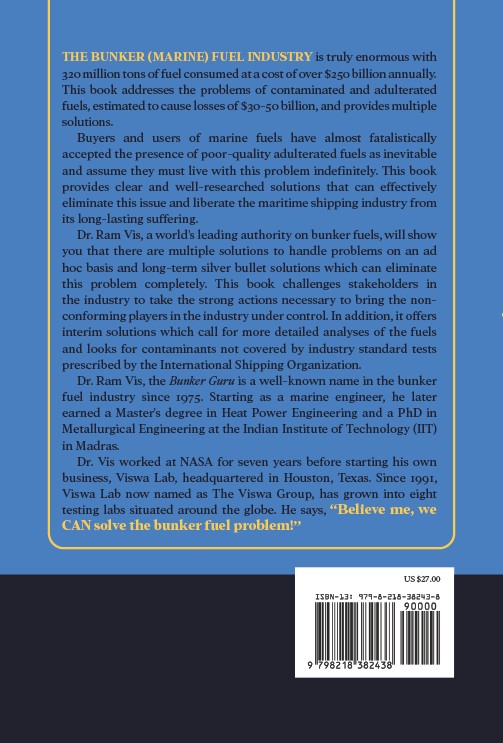- Chinese manufacturers have leveraged Mexico to bypass U.S. tariffs under the USMCA trade deal.
- Trump’s administration is now targeting these supply chain loopholes with new tariffs.
- The move threatens billions in Chinese investments and thousands of jobs in Mexico.
- U.S. automakers, reliant on Mexican factories, warn of rising costs and industry disruptions.
For years, Chinese manufacturers have used Mexico as a strategic entry point into the U.S. market, avoiding hefty tariffs imposed under Trump’s trade war with China. This setup, fueled by the 2018 U.S.-Mexico-Canada Agreement (USMCA), has driven billions of dollars in Chinese investment into Mexico’s industrial sector.
But the U.S. administration now seeks to shut down this loophole, introducing new tariffs that could unravel these supply chains. The outcome could reshape trade relations between the three countries and significantly impact industries dependent on Chinese goods.
Mexico: A Gateway for Chinese Goods to the U.S.
Since the U.S. imposed tariffs on Chinese imports, many Chinese companies have set up factories in Mexico, leveraging USMCA’s duty-free access to the American market. The investments span multiple industries, including auto parts, electronics, medical equipment, and furniture.
Key Statistics:
- The U.S. trade deficit with Mexico surged to $172 billion in 2023, up from $78 billion in 2018.
- Over 135,000 jobs have been created in Mexico by Chinese investment.
- Chinese companies have poured $12.3 billion into Mexico from 2018 to 2024.
Industrial parks like Hofusan, built on former cattle ranches, have been at the center of this boom, housing over 20 Chinese manufacturers. More companies are expected to follow, despite looming U.S. trade restrictions.
Trump’s Crackdown: New Tariffs on the Horizon
The Trump administration is now moving to close what it sees as a major loophole in the USMCA deal. Among the potential measures:
- 25% tariffs on imported steel, aluminum, and foreign cars (already in effect).
- Additional tariffs specifically targeting Chinese investments in Mexico.
- Stricter rules of origin to ensure more U.S. content in manufactured goods.
Auto manufacturers are particularly vulnerable, as over 40% of U.S. car parts come from Mexico, many from Chinese-owned factories. If imposed, tariffs could add $3,125 to the cost of every vehicle imported from Mexico, according to JP Morgan analysts.
Industry Response: Costly and Cumbersome Adjustments
The auto industry, among the hardest hit by potential tariffs, is sounding the alarm. Ford CEO Jim Farley warned that additional tariffs could wipe out billions in industry profits and lead to long-term job losses in the U.S.
Despite the risks, few U.S. suppliers are relocating back from Mexico due to the complexities of moving production. Many companies remain in a wait-and-see mode, unsure if further trade restrictions will materialize.
Mexico’s Balancing Act: Growth vs. Trade Pressure
Mexico has been one of the biggest beneficiaries of this shift in global trade dynamics. The country recently surpassed China as America’s top trading partner, with total trade reaching $840 billion in 2024.
Local officials argue that their exports contain significant U.S. content, particularly in the auto industry. However, pressure from the U.S. to curb Chinese investments is mounting.
Possible Mexican Concessions:
- Aligning its own tariffs with U.S. policies against China.
- Stricter enforcement of USMCA rules to limit Chinese influence.
- Blocking new Chinese projects, such as BYD’s planned EV factory.
Already, Mexican authorities have halted BYD’s proposed expansion, signaling a willingness to comply with U.S. demands.
The Future of China’s Investment in Mexico
While some Chinese firms are delaying new projects, others are pushing ahead despite uncertainty. Companies like Ningbo Xusheng, a Tesla supplier, are investing hundreds of millions in new Mexican plants, banking on long-term viability.
For many, retreating isn’t an option. “Margins are thinner in China, and they have nowhere else to go,” said Huo Pugang, a long-time Chinese business operator in Mexico.
Even as trade tensions rise, the Chinese presence in Mexico appears far from over. Factories continue to expand, industrial parks remain fully booked, and businesses adapt to the evolving trade landscape. Whether tariffs can curb this trend remains to be seen.
Did you subscribe to our daily Newsletter?
It’s Free Click here to Subscribe!
Source: The Wall Street Journal















![[Watch] Crazy Power Needed to Move World’s Largest Containerships](https://mfame.guru/wp-content/uploads/2023/11/mfame-tanker-100x70.jpg)
